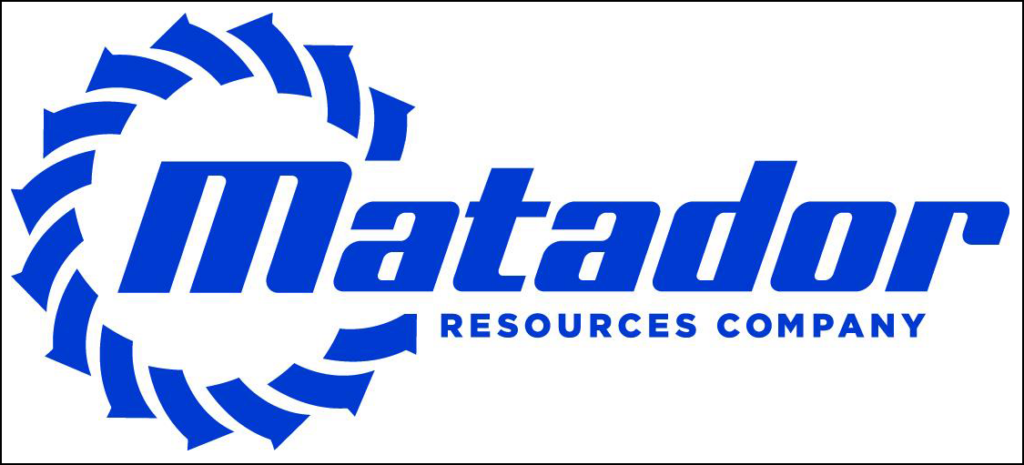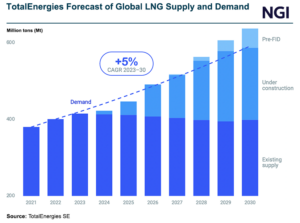Earnings | NGI All News Access | NGI The Weekly Gas Market Report
Matador’s Results Beat Expectations, Deliver Record Oil Output, Stronger Natural Gas Volumes
Dallas-based independent Matador Resources Co., whose operations span the Permian Basin, Eagle Ford and Haynesville shales, boosted oil and natural gas production in the second quarter using smaller but more efficient operations, management said Wednesday.

Even with some output shut-in and with lower commodity prices, average net oil volumes climbed to a record quarterly high of 43,074 b/d, up 6% sequentially and from 36,767 in 2Q2019. Natural gas output jumped 23% year/year but fell 1% sequentially to 181.4 Bcf/d from 147.1.
“The second quarter of 2020 was challenging and chaotic, but, ultimately, the results for the second quarter were better than expected for Matador,” CEO Joseph Foran said. “Consistent with our updated plans for 2020 as provided in early March, we reduced our operated drilling program from five rigs to three rigs during the second quarter, and we continued our focus on capital discipline and operating cost control to further reduce our outspend.
“As a result, despite the challenges we faced…Matador delivered record-high oil production, along with record-low unit operating expenses and drilling and completion costs per lateral foot, which should help us to attain free cash flow status by the end of the year. We were heartened by the promising results.”
Early performance from wells in the Rodney Robinson and Ray State asset areas contributed to the record oil and gas output, “even though 10-15% of our potential production was shut-in or curtailed during the months of May and June,” Foran said. “Matador believes it has hundreds more of these ‘A-plus caliber’ wells in its drilling inventory.”
The natural gas outperformance was credited to the continued cleanup and increasing production from the two recent Avalon completions on the Rodney Robinson tract, along with improved takeaway from several wells in the Antelope Ridge asset area. In addition, there were lower-than-expected declines from the Haynesville Shale.
Small increases also came in the gas volumes from several operated wells that came from acreage trades, which added 7 MMcf/d in 2Q2020.
Capital spending for drilling, completing and equipping wells was $19 million less than original estimates, with around $10 million attributed to improved operational efficiencies and lower-than-expected drilling and completion (D&C) costs.
D&C costs for all operated horizontal wells completed and turned in line (TIL) averaged $881/lateral foot, an all-time low for Matador, Foran said. For the five two-mile lateral Ray State wells completed and TIL, “we did even better, averaging drilling and completion costs between $750 and $850/completed lateral foot.”
Five Ray State wells in the eastern portion of the Rustler Breaks area were TIL in May and early June, ahead of schedule. The 24-hour initial production averaged 7,600 b/d and 29.5 MMcf/d. After about 55 days on production, the wells had produced in aggregate 500,000 boe-plus, Foran noted. Six Rodney Robinson wells also continued to exceed expectations, with aggregate production of more than 1.2 million boe after slightly more than 100 days on production.
Including hedges, Matador fetched a realized oil price average of $35.28/bbl in 2Q2019 from $56.86 a year ago, while gas prices averaged $1.49/Mcf, down from $1.64.
“Looking to the third quarter, we are very excited by the outlook for Matador,” Foran said. “In late July and August, the five Leatherneck wells in the Greater Stebbins Area, all two-mile laterals, should be turned to sales. Then in September and early October, we expect to turn to sales the first 13 Boros wells, also all two-mile laterals, in the Stateline asset area.”
In addition, the San Mateo II gas processing expansion in Eddy County, NM, is expected to be completed before the end of September, which would add an incremental 200 MMcf/d.
“The board, the staff and I look back on the second quarter of 2020 as yet another time when we came together, kept our focus, executed on our revised operating plan and delivered strong results for our shareholders and bondholders in a difficult operating environment,” Foran said.
Net losses in 2Q2020 totaled $353.4 million (minus $3.04/share), versus net profits in 2Q2019 of $36.8 million. Included in the latest results was a one-time impairment of $324 million to write down the value of the assets from declining commodity prices, as well as a hedging loss of $132.7 million.
Third-party midstream services revenue was $14.7 million in 2Q2020, a 2% year/year increase but a 7% sequential decline.
© 2024 Natural Gas Intelligence. All rights reserved.
ISSN © 2577-9877 | ISSN © 1532-1266 | ISSN © 2158-8023 |


